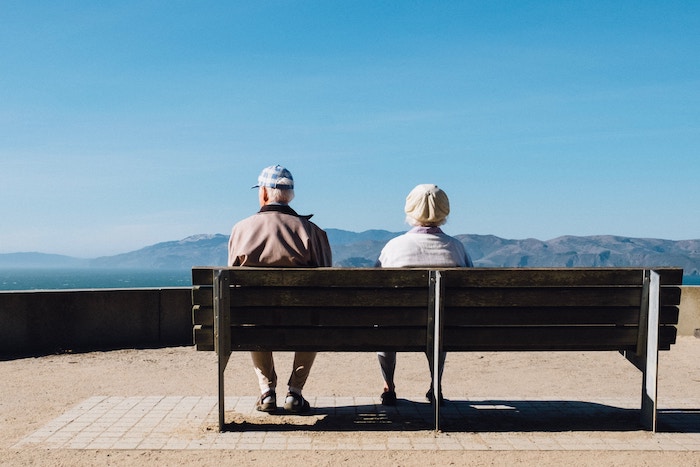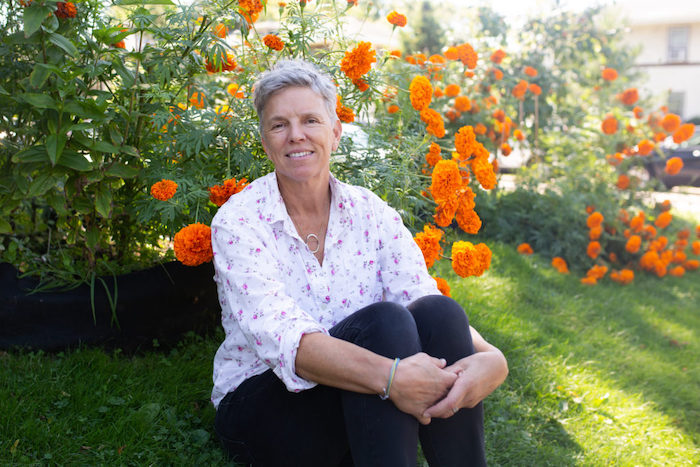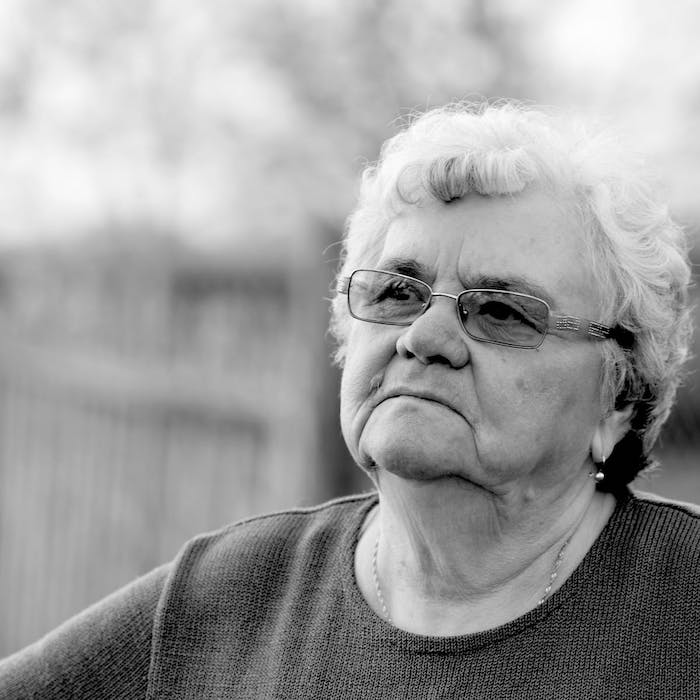It’s not easy nearing the end of your life, but that doesn’t mean you need to be stressed.
Death may be the ultimate stressful moment in our lives. Just thinking about the end is enough to cause your heart to beat faster. And while some levels of depression and anxiety are inevitable, those feelings need not overwhelm the death experience for you or your family. In fact, it’s possible to die well — to experience a sense of wellbeing as you approach the end. You can leave this life with a feeling of closure and a sense of contentment. That’s the difference between completing your life and merely ending it.
But stress disrupts well-being. It distracts you from prioritizing love, family, and dignity. Worry and fear interrupt precious time with family and friends. That’s no one’s idea of a good death. And while it’s easy to think you’ll skip this stressful step and go suddenly from a heart attack or stroke, the reality is the majority of us will need end-of-life care. So, put some thought and preparation into your passing now. Reducing stress will make it easier for you to say goodbye, and for your loved ones to let go. Here are six ways you can make dying the experience you want, rather than the experience you get.
Finalize Your Burial Arrangements
Preparing your burial arrangements lowers stress in several ways. For one, it puts you in control. Eliminate worry by outlining the type of service you want, the manner of internment, and the organ donation process. Burial arrangements also relieve financial stress from your family and friends. Carrying out your last wishes doesn’t have to be a financial burden for your family. So, find the best final expense insurance policy to cover costs. Or get a pre-paid funeral plan that kicks in after you’re gone. You’ll feel less stress knowing everything is taken care of.
Finally, by tending to your funeral arrangements yourself, your loved ones can focus more on spending time with you in your last day. And their grieving will be easier when they’re not weighed down with administrative tasks. Mourners often feel guilty devoting time to such business matters after a loved one dies.
Create a Living Will
If you become incapacitated before death, someone will have to make decisions for you. That’s a heavy responsibility to place on a family member or friend who may only have a rough idea of your wishes. But without a health care power of attorney (or proxy) to speak for you, you may end up being kept on life support longer than you’d prefer, or the opposite. An advanced directive or “living will” is a legal document that lists specific medical treatments you wish to receive and those you don’t. The directive takes the decision-making burden off your family’s shoulder.
To get started, have the end-of-life conversation with one or two people you would want to serve as your proxies. And also talk with your doctor so that everyone is on the same page. Living will forms vary by state. So, download your state’s advanced directive form to get started. If you don’t have the resources to create a living will, other forms of non-legal directives can work as some form of “proof” for your wishes. For example, write a letter to a family member expressing your wishes. Or record audio/video explaining what you want. While these aren’t formally recognized legal documents, they work better than nothing at all.
Make Amends
One thing that makes dying harder is knowing you’re leaving behind unsettled issues, old hurts, and past grudges. When possible, make amends with those you’ve hurt or who’ve hurt you. Now is the time for unburdening yourself and being honest with those you love. While you can leave those hurt feelings behind, your loved ones will carry them after you’re gone. And many will regret they didn’t say something when they had the chance. Knowing this will make leaving this life more stressful for you.
So, don’t put off making amends. Request a private audience with a loved one or wait for the right moment to broach the subject. Be honest and take responsibility for your part in the situation. Refer to the past event/issues that caused the rift, but don’t relive it all over again. And don’t bring up their responsibility; just explain your regrets and apologize. They will reciprocate. Think of this less as a discussion and more as a confession. So, listen more than you talk. The goal of making amends is to replace hurt and anger with forgiveness and love.
Revisit the Past
For those facing imminent death, the bulk of the conversation often focuses on medical needs, medications, or staff visits. While these are immediate needs are necessary, don’t forget the past. Revisiting old memories help us replace the current situation with one of our choosing — at least for a moment. Rather than a form of denial of death, recalling memories is an affirmation of our lives and our effect on others. For friends and family, recounting a past event is a handy way to show how a dying loved one impacted their lives. It’s often difficult for the dying person or loved one to find the right words in these moments. Words of condolence or regret can seem empty. But a pleasant or meaningful story can be a beautiful expression of our gratitude.
Recalling old memories is also a stimulating activity for Alzheimer’s patients. It fosters emotional connections and reduces anxiety. Use family albums, music, videos, or heirlooms to help prompt memories. Encourage family and friends who can’t travel or live too far away to send a short letter or audio recording. And don’t avoid humor. Include funny moments, old jokes, or humorous anecdotes. It may feel awkward at first, but laughter is nature’s way of helping us relieve stress and anxiety while connecting us.
Use Music Therapy
Studies suggest that music therapy has emotional and physical benefits for hospice and palliative care patients. Researchers found that patients who listened to music reported “less pain, anxiety … as well as an increase in feelings of well-being afterward.” Music therapy has a profound effect on people with cognitive and mental decline. The rhythmic nature of music requires little mental processing and helps stimulate memories. Choose music that your loved one enjoys, tunes from their childhood era, or a neutral New Age track. But don’t overstimulate; that can create stress. Take note of the other noises in the room. When mixed with many different sounds, even soothing music at a low volume to create a cacophony of stress.
Ask for Pain Medication When You Need It
Palliative care is about making patients feel as comfortable as possible until the end. And pain management and medication are part of this process. Unlike other vital signs, hospitals and staff can’t measure your pain. You have to help them know when you’re feeling discomfort. Still, some patients forego their pain meds because they want to stay awake to see their friends and family. Others see pain medication as “bad” substances or only for the weak or needy. But these are myths. Pain meds are integral to the palliative care process. And there’s no reason to forego pain medications that’s more important their your comfort. You may think you’re being strong for your family, but having to watch you fight intense discomfort will only increase their stress levels. Ask for pain medication when you need it.
These six tips will increase well-being and reduce stress when you’re nearing the end of your life. But once you’re faced with death, it’s important to know when it’s time to let go. Too often, we hold on too long out of a primal urge to keep going or fear of leaving our loved ones. Death is a natural process we all share. Take comfort in that immutable fact. Let your loved ones know you’re ready to go. They, too, will hold on to you, fearing that letting you go is “giving up.” This creates enormous amounts of stress. When it’s time, reassure them that — while you’re not ready to die — you have accepted it.
Complete Article ↪HERE↩!










